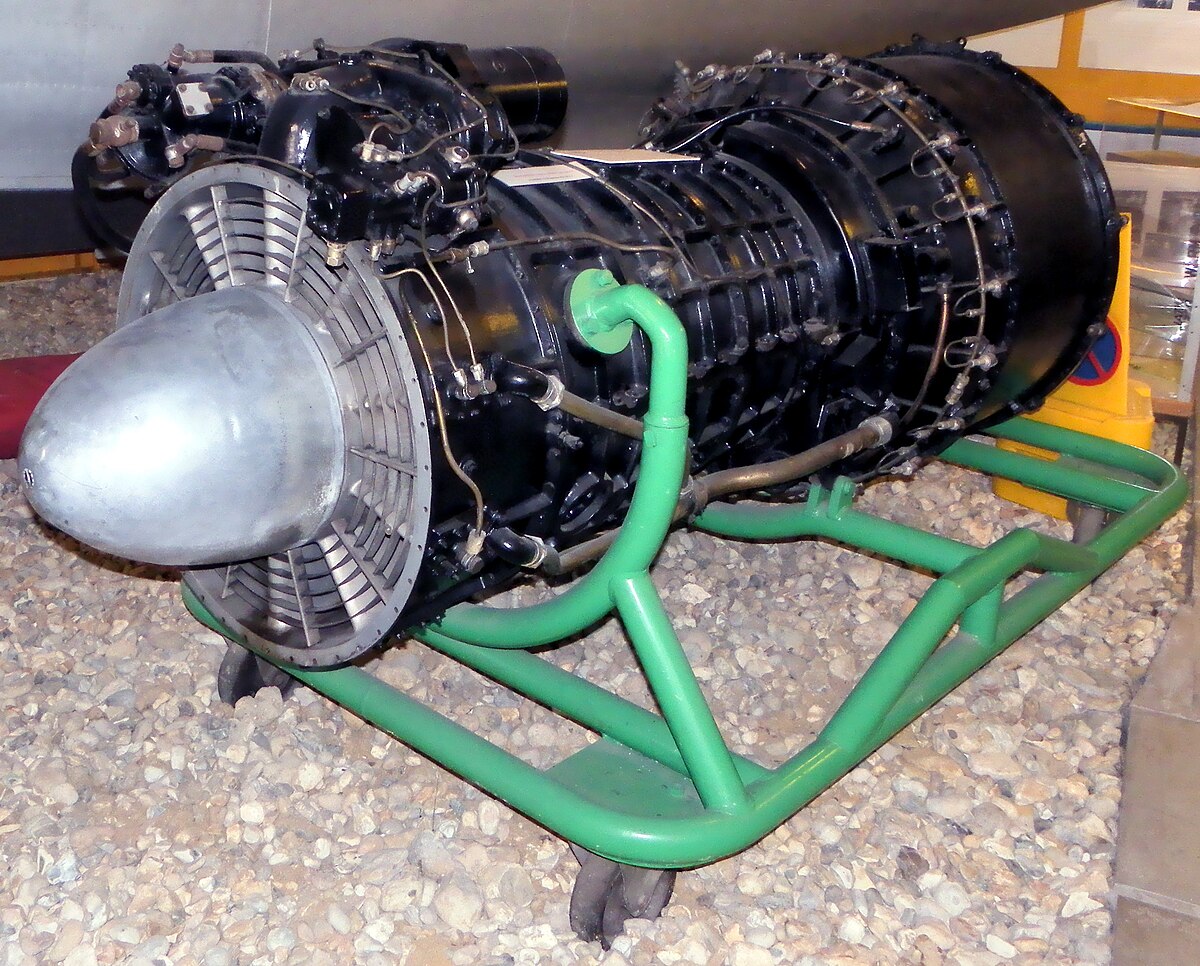Garrison
Donor
I sort of did that in my TL, but I was thinking of an actual armed deployed version. Just the shock effect in Berlin would probably be worth it.Get him proper funding when he starts Power Jets and it's just about doable.
I sort of did that in my TL, but I was thinking of an actual armed deployed version. Just the shock effect in Berlin would probably be worth it.Get him proper funding when he starts Power Jets and it's just about doable.
She was designed to mount four .303s.I sort of did that in my TL, but I was thinking of an actual armed deployed version. Just the shock effect in Berlin would probably be worth it.
My preferred Gladiator alternative is the Bristol 133 that doesn't suffer pilot error just before the service trials. All it really needs is for Bristol to licence the undercarriage that Curtis put on the P36.If the alternative day fighter is to be an alternative it could be either instead of OTL standard fighters or an additional alternative. Looking at the latter one might term it a Gladiator alternative as a stop gap pending the Merlin OTL standards rather than a superior Spitfire and/or Hurricane alternative. My mental model is the Fokker D XXI or Vickers Venom.
Get him proper funding when he starts Power Jets and it's just about doable.
Yeah its more politically difficult than technically difficult.She was designed to mount four .303s.
Indeed. IIRC Whittle said that the RAF could have had Meteors in 1942 if he had been given the proper funding. By that token, it's not that much of a stretch for the Gloster Pioneer (easier to type than E.28/39) to make its maiden flight on May 15th 1939 (as opposed to May 15th 1941), thus beating the Heinkel 178 into the air by some three months.Yeah its more politically difficult than technically difficult.
You raise the interesting question of what would Mitchell have done with access to the Rolls Royce Welland? And then the Nene? I think it's unlikely he would have produced such an unbalanced design as the Supermarine Attacker.How about the Jetfire?
Yes, I'm sure he would have done much better than the Jet Spiteful. (Its original working name). Then again I suspect the Spitfire line would ended when a fresh design was made to use the Griffon.You raise the interesting question of what would Mitchell have done with access to the Rolls Royce Welland? And then the Nene? I think it's unlikely he would have produced such an unbalanced design as the Supermarine Attacker.


Of course, if we could get a usaeable Welland in 1939/1940, there is a chance to fit it into an existing fighter airframe. However, that would probably lead to something resembling this...
I personally think it would be a crime to do that to a Spitfire.
Yeah, but I'm not convinced the jet nozzles on the Jetfire are big enough, or that the cowling will fit a centrifugal turbojet. The early British jet engines were a bit bulkier than the Jumo 004 that powered the Yak. I think it would have bit more overhang. It could make an interesting Whiff model. A Spitfire I with a Welland. Checking a thesaurus (and remembering alliteration) it could be the Supermarine Siren, She-Devil or Scold. I draw the line at Shrew.The Jetfire is Miss Universe for the Yak-15
Old cowing will be gone, there is no way it can fit the jet. Derwent was with 43 in diameter, or even of a smaller diameter than the tiny Mitsubishi Zuisei.Yeah, but I'm not convinced the jet nozzles on the Jetfire are big enough, or that the cowling will fit a centrifugal turbojet. The early British jet engines were a bit bulkier than the Jumo 004 that powered the Yak.
Overhang/underhang on the Yak-15 was made so the exhaust can clear the lower fuselage. See here.I think it would have bit more overhang.
The Jetfire's nozzles seem, in the image anyway, to be of a much smaller diameter than those on the Sea Hawk. Maybe a bit of artistic licence.Overhang/underhang on the Yak-15 was made so the exhaust can clear the lower fuselage. See here.
You'd have to use the Axial flow Metrovik Jet engine.With a Yak-15 style layout there would need to be some sort of shielding for the underside of the fuselage unless an impractically long jet pipe was used. In addition, the existing cowling would be way too narrow. The Merlin was 40 inches high and only 30.8 inches wide. The Welland had a diameter of 43 inches.

Well, that's sort of getting away from the notion of "Whittle gets funding, so the Gloster Pioneer flies two years earlier and we have a practical jet engine available by 1939".You'd have to use the Axial flow Metrovik Jet engine.

Metropolitan-Vickers F.2 - Wikipedia
en.wikipedia.org
What about engaging the French to re-launch a new 2-nation Schneider Cup-equivalent, but with land based aircraft? Each nation would sponsor a minimum of one radial and one inline engine entry each. In the grand scheme of things it's likely a relatively tiny investment to get a dramatic burst or development. Aircraft specifications to require a minimum range and payload (which would mimic weight for weapons) could be specified each year based on new developments?